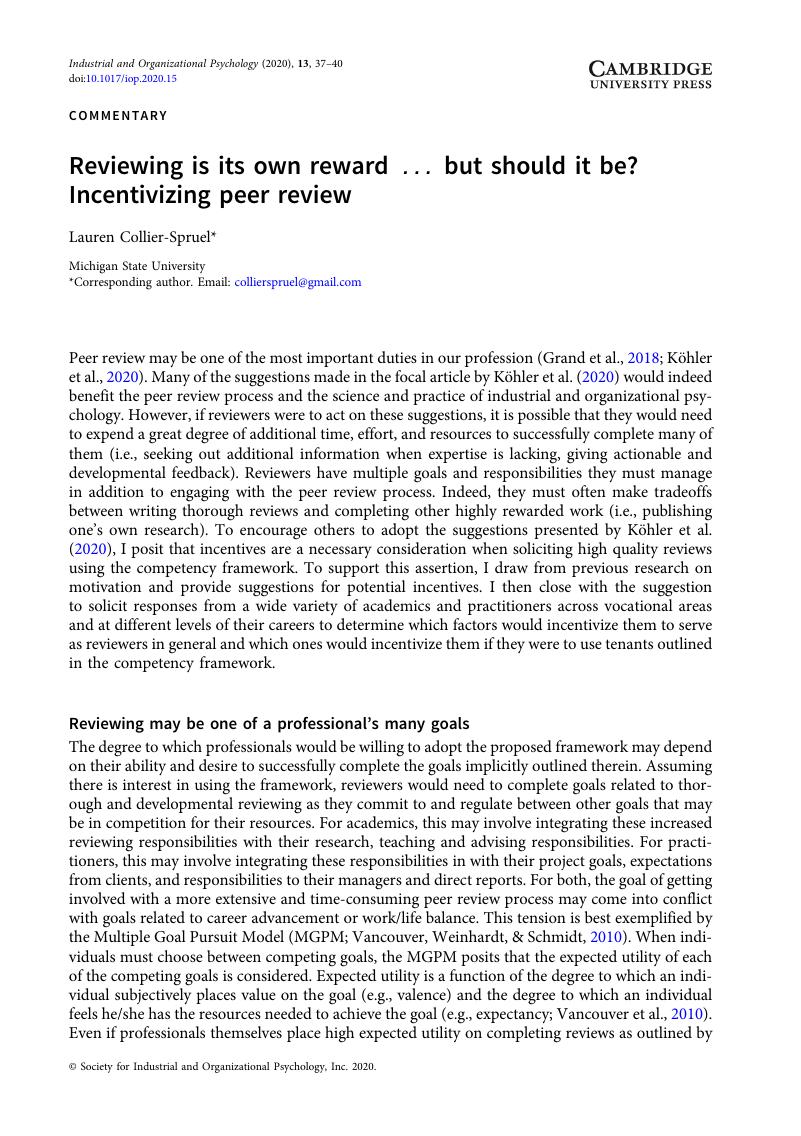Crossref Citations
This article has been cited by the following publications. This list is generated based on data provided by Crossref.
Taylor, John M.
2024.
Adopting Optimal Statistical Practices: Reviewers.
Journal of Nursing Education,
Vol. 63,
Issue. 11,
p.
785.



